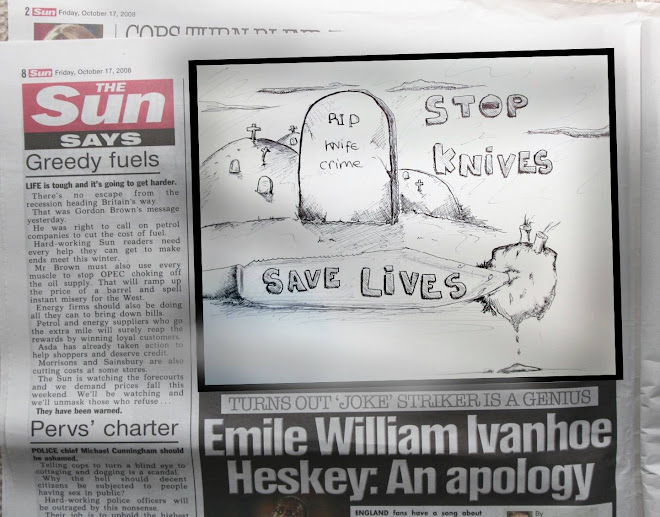The Political Cartoon.
The Political Cartoon has a long history and is still used today all over the world in newspapers and magazines. Over the years it has been used to lampoon the famous and notable people of the time. It often involves satire, caricature and contentious issues of the day. They are often humorous in the way they are drawn and they text they use. They deal with current issues of the day and larger political ideas that are prevalent within society.
Timetable
All sessions will be in Room: T401 in the Tower Block. All Students MUST arrive 10 minutes before the lesson starts
| Week 1 |
| Introduction to the course, myself. Lecture on Political Cartooning. Set brief: The Political Cartoon and Introduction to Blogger and BlogSpot Brainstorming exercise using Mind Maps. |
| Week 2 |
| Group Tutorials/Workshops. Presentation of Draft Political Cartoons. |
| Week 3 |
| Group Tutorials/Workshops. Presentation of Finished Political Cartoons. |
| Week 4 |
| Finishing off and hand in Political cartoons to Mansion Site, with course header sheet. |
| Week 5 |
| Introduction to essay/postcards and Time Travel and Wish You Where Here Briefs |
| Week 6 |
| Lecture/Group Tutorials/Workshops |
| Week 7 |
| Presentations of Time Travel research. |
| Week 8 |
| Lecture/Group Tutorials/Workshops |
| Week 9 |
| Lecture/Group Tutorials/Workshops |
| Week 10 |
| Presentation of Time Travel performances. |
| Week 11 |
| Presentation of Time Travel performances. Hand in course work and Post Card essay by |






